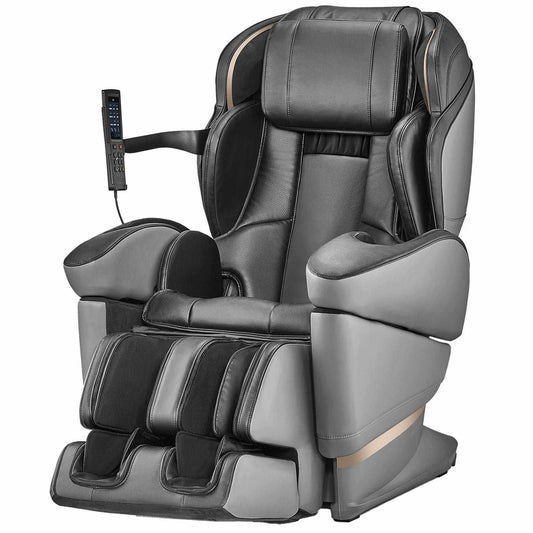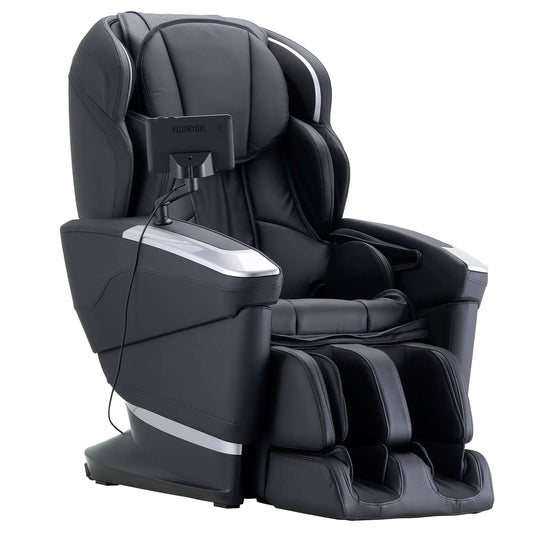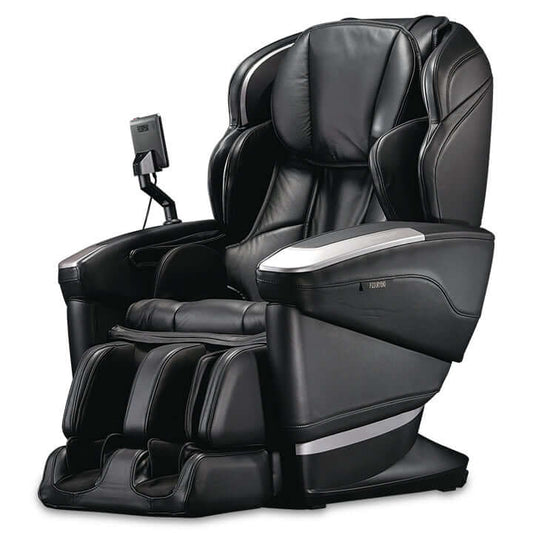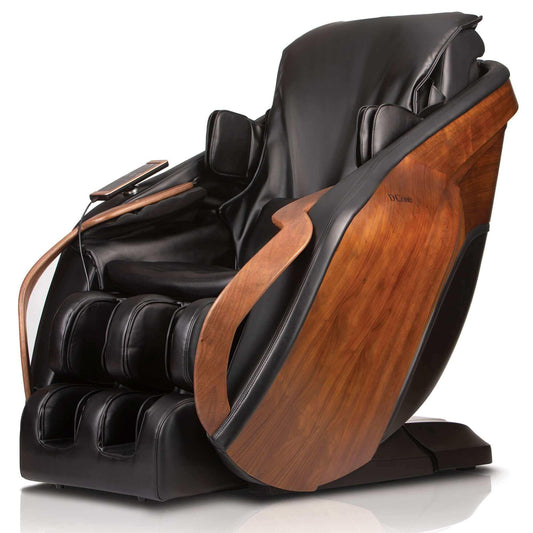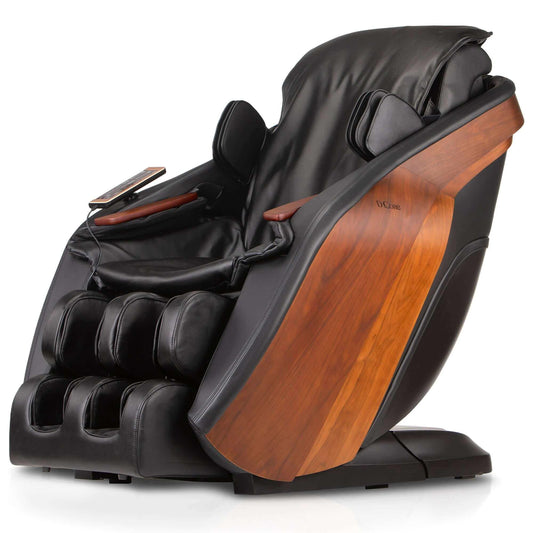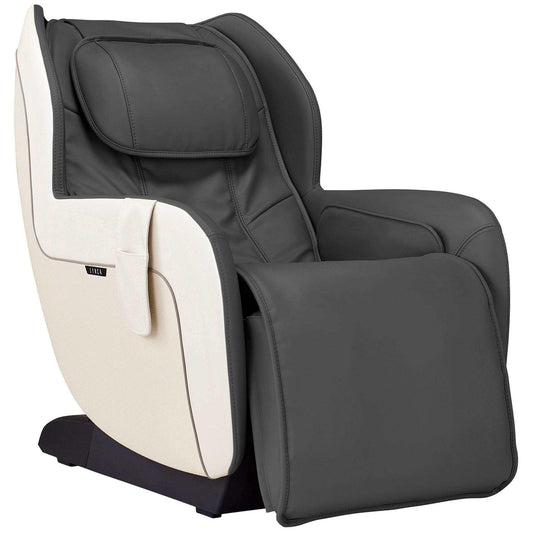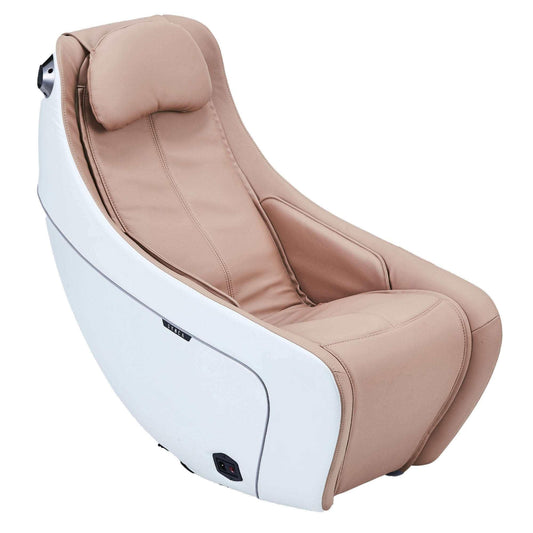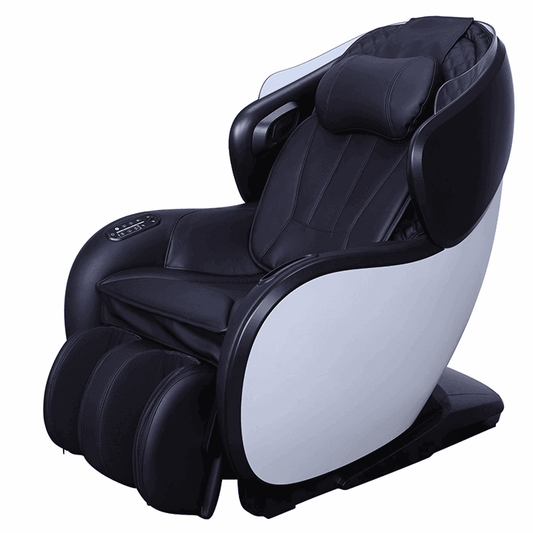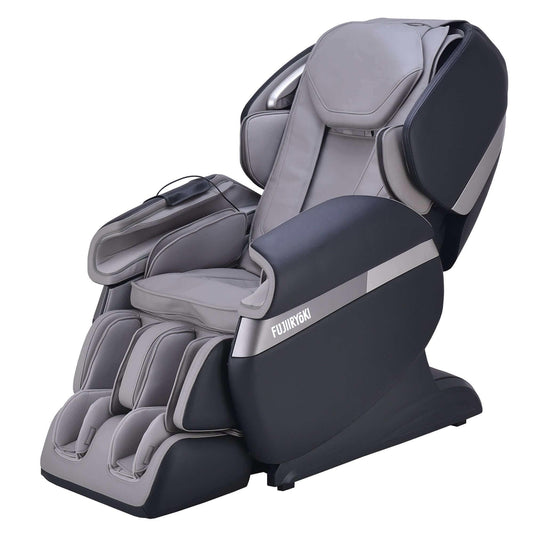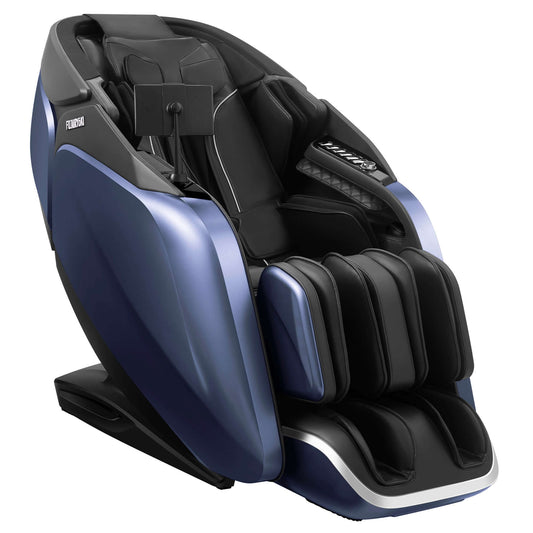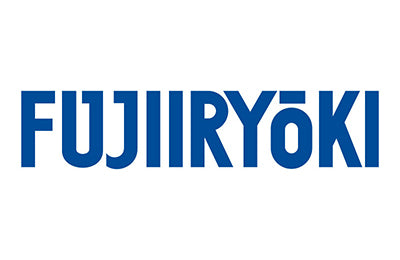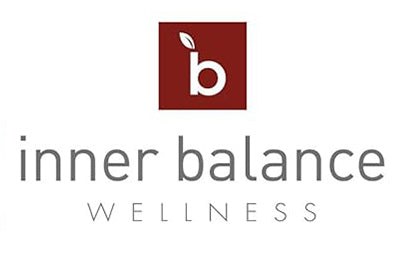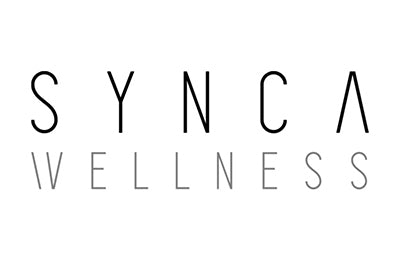
Boost Productivity: How Massage Chairs Decrease Workplace Injuries
Introduction: The Rising Concern of Workplace Injuries
Workplace injuries have become a pressing issue for organizations worldwide, impacting both employees’ well-being and overall productivity. According to the U.S. Bureau of Labor Statistics, private employers reported 2.6 million nonfatal workplace injuries in 2021 alone. Common ailments such as repetitive strain injuries, musculoskeletal disorders, and stress-related conditions dominate these statistics. Companies are increasingly prioritizing preventive measures as the cost of treatment and lost workdays continues to rise.
Poor ergonomics, prolonged static postures, and high-pressure environments worsen physical and mental health over time. Balancing efficiency with employee health requires innovative solutions. As industries evolve, addressing these risks is crucial to fostering long-term organizational success.
How Massage Chairs Enhance Employee Well-Being
Massage chairs contribute significantly to employee well-being by addressing both physical and mental health challenges commonly faced in the workplace. These chairs help alleviate physical discomfort by targeting stress points in the body, including the neck, back, and shoulders. Employees benefit from reduced muscle tension and improved posture, crucial for sedentary office roles.
Moreover, massage chairs promote mental relaxation by stimulating circulation and reducing cortisol levels. This helps employees manage workplace stress and enhances overall mood. The availability of such equipment also fosters a sense of care, boosting morale. By incorporating massage chairs, businesses prioritize health and create a more supportive work environment.
Reducing Musculoskeletal Strain Through Ergonomic Benefits
Massage chairs are designed to alleviate physical stress by offering targeted ergonomic support. They help address musculoskeletal strain, which often results from prolonged sitting or repetitive movements in the workplace. Through adjustable positioning features, these chairs promote natural spinal alignment and reduce pressure on key areas such as the lower back, neck, and shoulders.
Features such as lumbar support, reclining capabilities, and gentle kneading functions create an optimized sitting posture, fostering muscle relaxation. By enhancing circulation and relieving tension, massage chairs actively combat fatigue and stiffness. This reduces the risk of muscle-related injuries, thus improving overall well-being and work performance.
Minimizing Stress-Induced Workplace Accidents
Stress is a leading contributor to workplace accidents, often affecting decision-making, reaction times, and overall focus. Massage chairs play a pivotal role in mitigating stress by promoting physical relaxation and mental clarity. They stimulate blood circulation and reduce muscle tension, improving overall alertness. Employees utilizing massage chairs tend to show enhanced mood stability, which directly impacts the ability to make safer, faster decisions under pressure.
Key benefits include:
- Reduced emotional fatigue
- Improved concentration levels
- Enhanced bodily recovery from strain
By alleviating stress-related symptoms, massage chairs create a foundation for safer workflows, minimizing the risk of avoidable workplace injuries.
Promoting Better Circulation and Flexibility to Prevent Injuries
Enhanced circulation is crucial for maintaining muscle health and reducing the risk of workplace injuries. Massage chairs stimulate blood flow, ensuring that oxygen and essential nutrients reach muscle tissues more effectively. This improvement aids in the removal of toxins that build up due to prolonged sitting or repetitive motions.
Increased flexibility is another benefit, as massage therapies help relax tense muscles and improve joint mobility. Regular use of massage chairs can reduce stiffness, making employees less prone to strains and sprains.
By promoting better circulation and flexibility, massage chairs play an integral role in safeguarding physical well-being in work environments.
Boosting Productivity Through Recovery and Relaxation
Incorporating massage chairs into workplace environments promotes recovery and relaxation, leading to measurable improvements in productivity. By targeting muscle tension and alleviating physical discomfort, these chairs help employees recuperate more efficiently from work-related strain. Enhanced blood circulation from massage therapy also supports mental clarity, reducing fatigue and sharpening focus.
Beyond physical benefits, massage chairs create opportunities for mental rejuvenation. Short recovery sessions reduce workplace stress and elevate employee morale, fostering a positive atmosphere. These effects translate into improved work performance as employees return to tasks refreshed and reenergized.
With regular access, massage chairs enable employers to address both physical and mental fatigue proactively.
Conclusion: A Smarter Investment for Workplace Safety
Incorporating massage chairs into workplace wellness programs offers a proactive approach to addressing occupational health challenges. These chairs help alleviate muscular tension, reduce stress, and promote better posture, directly addressing common contributors to workplace injuries. By improving employee well-being, organizations can expect lowered health-related costs due to fewer injury claims and absenteeism.
Massage chairs offer a cost-effective solution compared to recurring expenses associated with medical treatments or physical therapy. Employers investing in this ergonomic tool foster a healthier, more engaged workforce capable of sustaining higher productivity levels. Their role in mitigating injury risks underscores their practicality as an asset in modern workplaces.

